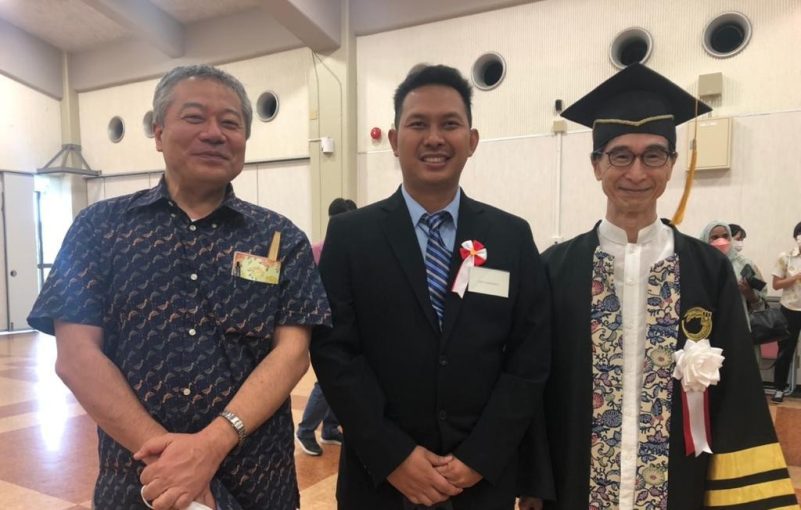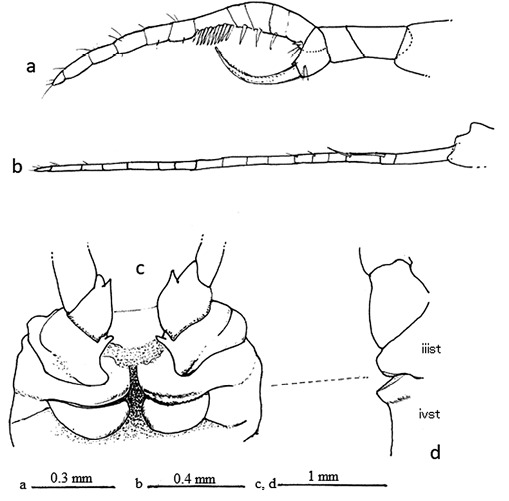
Kalimantan, Indonesia — Eko Hardianto, S.Pi., M.Si., M.Sc., Ph.D., a lecturer in the Master of Fisheries Science Program specializing in Aquatic Resource Management, has successfully discovered a new species of Acetes shrimp. Dr. Eko Hardianto, in collaboration with Japanese researchers Dr. Yukio Hanamura (National Research Institute of Fisheries Science) and Prof. Hideyuki Imai (University of the Ryukyus), demonstrated that this shrimp is a new species distributed throughout the Indo-Malay region. The habitat of this shrimp spans the brackish waters from Kalimantan Island to Malaysia. The newly discovered species has been named Acetes omorii, in honor of Prof. Makoto Omori, a prominent Japanese scholar who made significant contributions to shrimp research in Japan. This discovery not only enriches Southeast Asia’s biodiversity but also opens opportunities for further research in tropical marine taxonomy and biogeography.

Dr. Eko Hardianto explained that the background of this discovery originated from his doctoral dissertation on Acetes sibogae in the Tanah Bumbu area of Kalimantan. During the identification process of the shrimp populations there, three different types were found: A. sibogae, A. japonicus, and one unidentified species. Initially, the latter was presumed to be A. indicus, However, following detailed morphological examinations and genetic analyses using metabarcoding methods, it was revealed that this species has a significant genetic divergence from A. indicus, warranting its classification as a new species. The ecological and geological complexity of Indo-Malayan waters provides an ideal setting for researching allopatric species, which further justified selecting the area as a research focus.

This research received funding from the Japan International Research Center for Agricultural Sciences (JIRCAS) and JSPS KAKENHI. To support taxonomic validation, paratypes and holotypes of Acetes omorii have been deposited in scientific museums in Japan, Taiwan, and Malaysia. Additionally, the species’ genetic data has been officially registered in the DNA Data Bank of Japan, with accession numbers LC682346–LC682362 for the 16S rRNA gene and LC804564–LC804580 for the COI gene. The findings have been published in the 2024 edition of the international journal Bulletin of the National Museum of Nature and Science Series A, Zoology, Volume 50, Issue 2, Pages 49–68.
The discovery of Acetes omorii aligns with the Sustainable Development Goals (SDGs), particularly SDG 4: Quality Education, SDG 14: Life Below Water, and SDG 17: Partnerships for the Goals. This research contributes to strengthening the database of marine biodiversity and improving the scientific understanding of coastal ecosystems and their inhabitants. By identifying a new species, more precise and sustainable conservation and fisheries management measures can be implemented. This research contributes to enhancing marine biodiversity databases and deepens scientific understanding of coastal ecosystems and the species within them. By identifying new species, conservation and fisheries management efforts can be more targeted and sustainable.
Author: Galuh Wulanuari
Editor: Dr. Mukti Aprian, S.Kel., M.Si. (Han)


